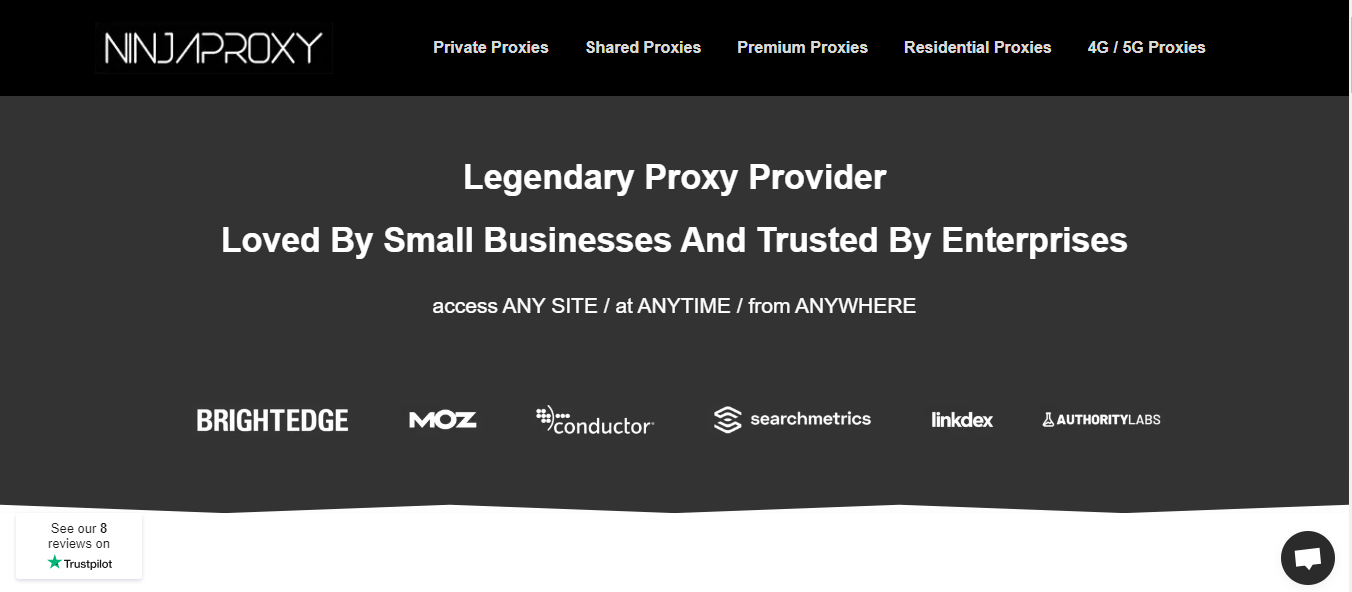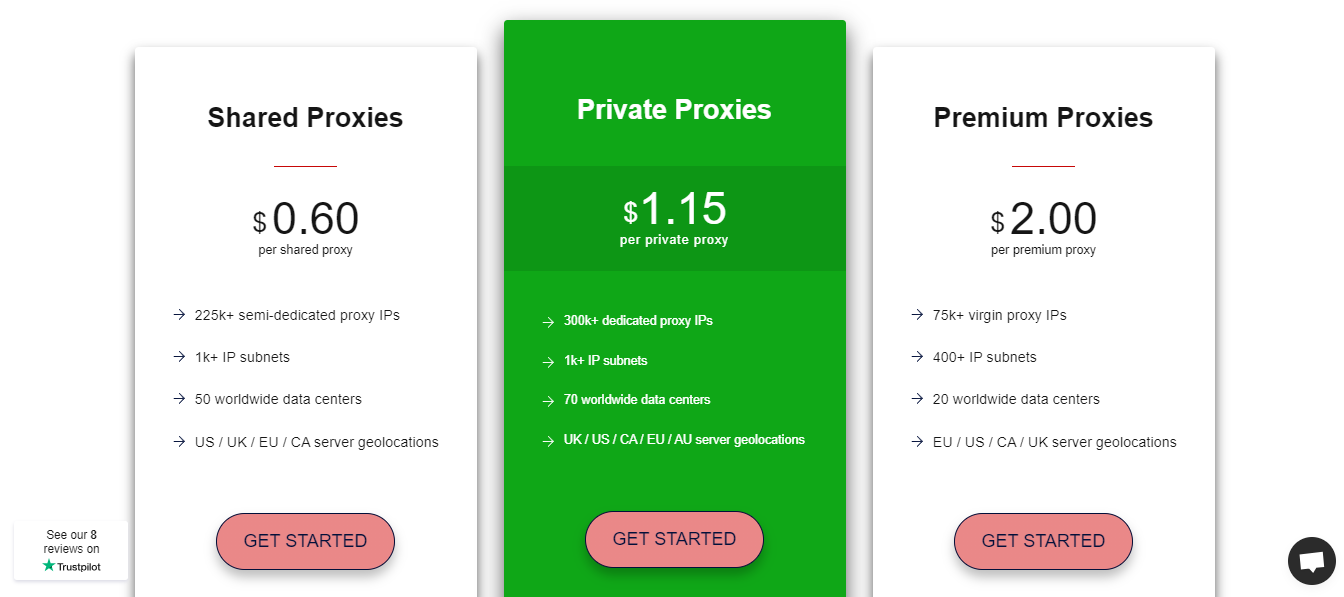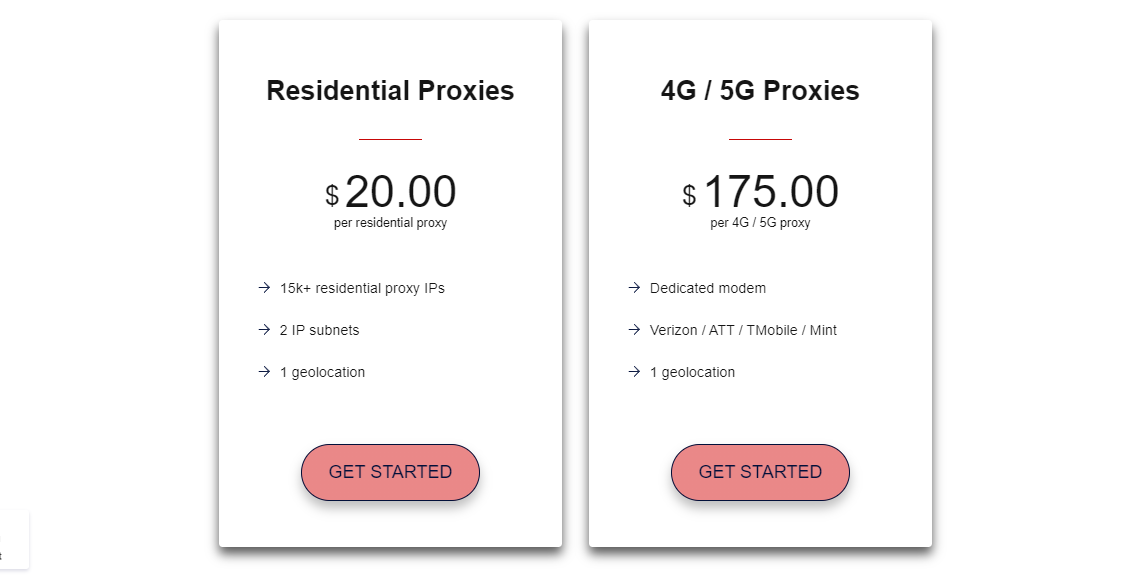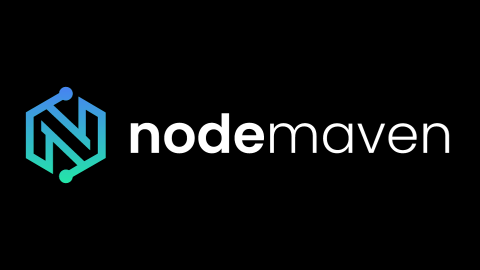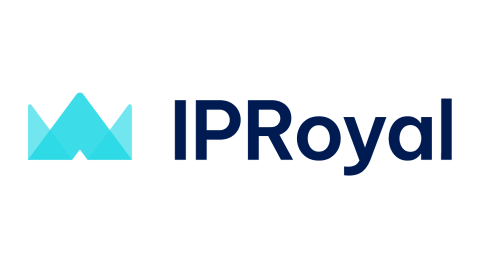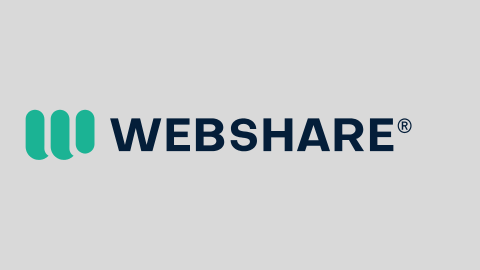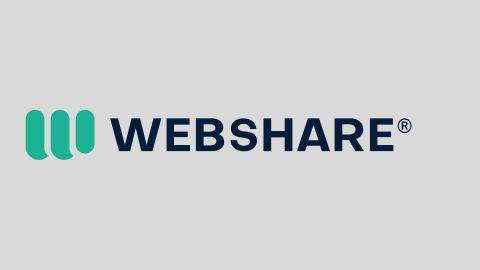In this post, I will compare SonarQube vs Veracode.
For any security tool to be effective, it has to be used. And for it to be used, developers have to embrace it. In modern, fast-paced development environments, any tool that creates friction, slows down pipelines, or provides confusing feedback is destined to be ignored.
This is why the developer experience (DX) has become the most critical factor in selecting security tools. When developers see a tool as a helpful partner rather than a disruptive gatekeeper, security shifts from a bottleneck to a shared responsibility.
Two of the biggest names in the Static Application Security Testing (SAST) market are SonarQube and Veracode. Both are powerful platforms for finding security vulnerabilities in source code, but they approach the problem with different philosophies, which results in vastly different developer experiences. For engineering managers and security leads at growing tech companies, understanding the nuances of the Sonarqube vs Veracode comparison is essential for building a security program that works with developers, not against them.
If you’re new to modern application security, the OWASP Application Security Verification Standard (ASVS) is an excellent resource for understanding key requirements. For further insights into improving secure software development in real-world organizations, the U.S. Cybersecurity & Infrastructure Security Agency (CISA) Secure Software Development Framework (SSDF) offers practical federal guidance.
Table of Contents
The Core Philosophy: Developer-Centric vs. Security-Centric
The developer experience offered by a tool is a direct reflection of its core design philosophy. SonarQube and Veracode sit on opposite ends of this spectrum.
SonarQube: Built for the Developer
SonarQube began its life as a code quality tool. Its primary mission was to help developers write cleaner, more maintainable code by identifying bugs, code smells, and technical debt. Its security features were added on top of this strong, developer-centric foundation.
This heritage is evident in its entire workflow. SonarQube is designed to live inside the developer’s ecosystem. It provides fast feedback within the IDE and CI/CD pipeline, focusing on the new code being written. Its “Clean as You Code” methodology encourages a proactive, continuous improvement mindset, making quality and security a natural part of the daily development habit.
Veracode: Built for the Security Team
Veracode was built from the ground up as an enterprise-grade security platform. Its primary audience has traditionally been the centralized security team responsible for risk management and compliance across an organization. Its strength lies in its comprehensive, in-depth security analysis and its ability to serve as a formal security gate.
While Veracode has made significant efforts to improve its developer-facing features, its architecture is inherently security-centric. Scans are often more time-consuming and are designed to be exhaustive, which can feel heavy and disruptive in a fast-paced CI/CD workflow. The experience can often feel like submitting code to an external service for a security audit rather than receiving real-time coaching.
Evaluating the Developer Experience: A Head-to-Head Comparison
To choose the right tool for your team, you must evaluate how each one impacts the day-to-day life of your developers.
1. Speed of Feedback and CI/CD Integration
In an agile environment, speed is everything. Developers need feedback in minutes, not hours.
- SonarQube: This is where SonarQube shines. Its incremental analysis engine is designed for speed. When a developer creates a pull request, SonarQube can scan only the changed code, providing feedback in just a few minutes. This allows its “Quality Gate” to be a fast, frictionless part of the CI/CD pipeline without causing delays. Feedback is delivered directly in the pull request comments on platforms like GitHub or GitLab.
- Veracode: Veracode’s scanning process is traditionally more heavyweight. Instead of a quick incremental scan, it often requires the application to be fully compiled and uploaded to the Veracode platform for analysis. This process can take a significant amount of time, sometimes hours, making it impractical to run on every single commit or pull request. Many teams relegate Veracode scans to nightly builds, which disconnects the feedback from the moment the code is written and breaks the developer’s flow.
Verdict: For fast, iterative feedback within the CI/CD pipeline, SonarQube has a distinct advantage. Its speed makes it far more suitable for a “shift-left” culture.
2. Quality and Actionability of Feedback
It’s not enough to find a vulnerability; the tool must explain the risk and provide clear guidance on how to fix it.
- SonarQube: Because of its code quality roots, SonarQube excels at providing rich context. It not only highlights the vulnerable line of code but also explains the “why” behind the issue. Its rule descriptions are often detailed, with examples of non-compliant and compliant code snippets. This turns every finding into a valuable learning opportunity for the developer.
- Veracode: Veracode also provides remediation guidance, but it can sometimes be more generic. The feedback can feel more like an analyst’s report, focusing on the vulnerability classification (e.g., CWE-79) rather than developer-friendly, actionable advice. Developers may need to do more research on their own to understand and implement the fix, adding friction to the remediation process.
Verdict: SonarQube’s developer-centric feedback and educational approach make it more effective at empowering developers to fix issues independently.
3. Noise Level and False Positives
Alert fatigue is the enemy of any security program. If a tool generates too much noise, developers will quickly learn to ignore it.
- Veracode: Veracode’s deep and exhaustive scans can sometimes lead to a higher number of findings, including false positives. While it offers mechanisms for triaging and suppressing these, the initial volume can be overwhelming for development teams. The process of managing false positives often requires intervention from a security analyst, creating another hand-off and potential bottleneck.
- SonarQube: SonarQube also generates findings, but its focus on new code (“Clean as You Code”) helps teams concentrate on a manageable subset of issues. By not forcing teams to boil the ocean and fix all historical technical debt at once, it keeps the signal-to-noise ratio high. This pragmatic approach helps maintain developer engagement.
Verdict: SonarQube’s methodology naturally leads to a more focused and less noisy experience for developers, although both tools require tuning to manage false positives effectively.
4. Ease of Setup and Management
The complexity of setting up and maintaining a tool directly impacts the teams responsible for it, which are often DevOps or the developers themselves in smaller organizations.
- SonarQube: SonarQube offers an open-source version, which provides an easy and cost-effective entry point. Setting up a server and connecting it to a CI/CD pipeline is a well-documented process. For companies scaling up, its commercial editions offer more features, but the initial barrier to entry is low.
- Veracode: Veracode is a fully managed SaaS platform. While this means you don’t have to manage servers, the initial setup and integration can be more complex, often requiring professional services or dedicated internal resources. It is an enterprise tool with an enterprise-level onboarding process.
Verdict: SonarQube is generally easier and faster to get started with, especially for teams that prefer to manage their own infrastructure.
Making the Painless Choice for Your Team
The right choice between SonarQube and Veracode depends entirely on who you are optimizing for.
Choose SonarQube if:
- Developer experience is your number one priority.
- You are building a “shift-left” culture where developers own the quality and security of their code.
- You need fast, iterative feedback that won’t slow down your CI/CD pipeline.
- You want a tool that not only finds issues but also helps your developers become better coders.
Choose Veracode if:
- You have a centralized security team that needs a powerful, auditable platform for compliance and risk management.
- Your primary need is a formal security gate, and you can tolerate slower scan times in exchange for exhaustive analysis.
- You operate in a highly regulated environment where comprehensive security reports for auditors are a primary requirement.
Beyond the Tool: The Power of a Unified Platform
It’s also crucial to recognize that neither SonarQube nor Veracode covers the entire security landscape on its own. You still need tools for open-source dependencies (SCA), container security, cloud posture (CSPM), and more. For a broader look at application security fundamentals, the OWASP Application Security Verification Standard offers detailed guidance on holistic coverage.
Managing multiple, disconnected tools is the new source of friction and noise. This is why many fast-growing companies are adopting Application Security Posture Management (ASPM) platforms. These platforms act as a “single pane of glass,” integrating findings from all your security tools—including SonarQube or Veracode.
By correlating data, suppressing false positives, and providing a unified view of risk, an ASPM makes the entire security ecosystem fast and painless for developers. For real-world perspectives on integrating security tools, see Google’s Building Secure and Reliable Systems.
This approach allows you to get the best of all worlds without overwhelming your team.
INTERESTING POSTS
- Smart Security Systems and Motion Sensors: Debunking Common Myths and Misconceptions
- 7 Cyber Security Training Awareness Essentials For Employees
- What Are The Best Practices For Internet Customer Support?
- 20 Most Popular eBay Scams [+Prevention Methods]
- How To Choose The Right Low Code Platform For Your Business Needs







